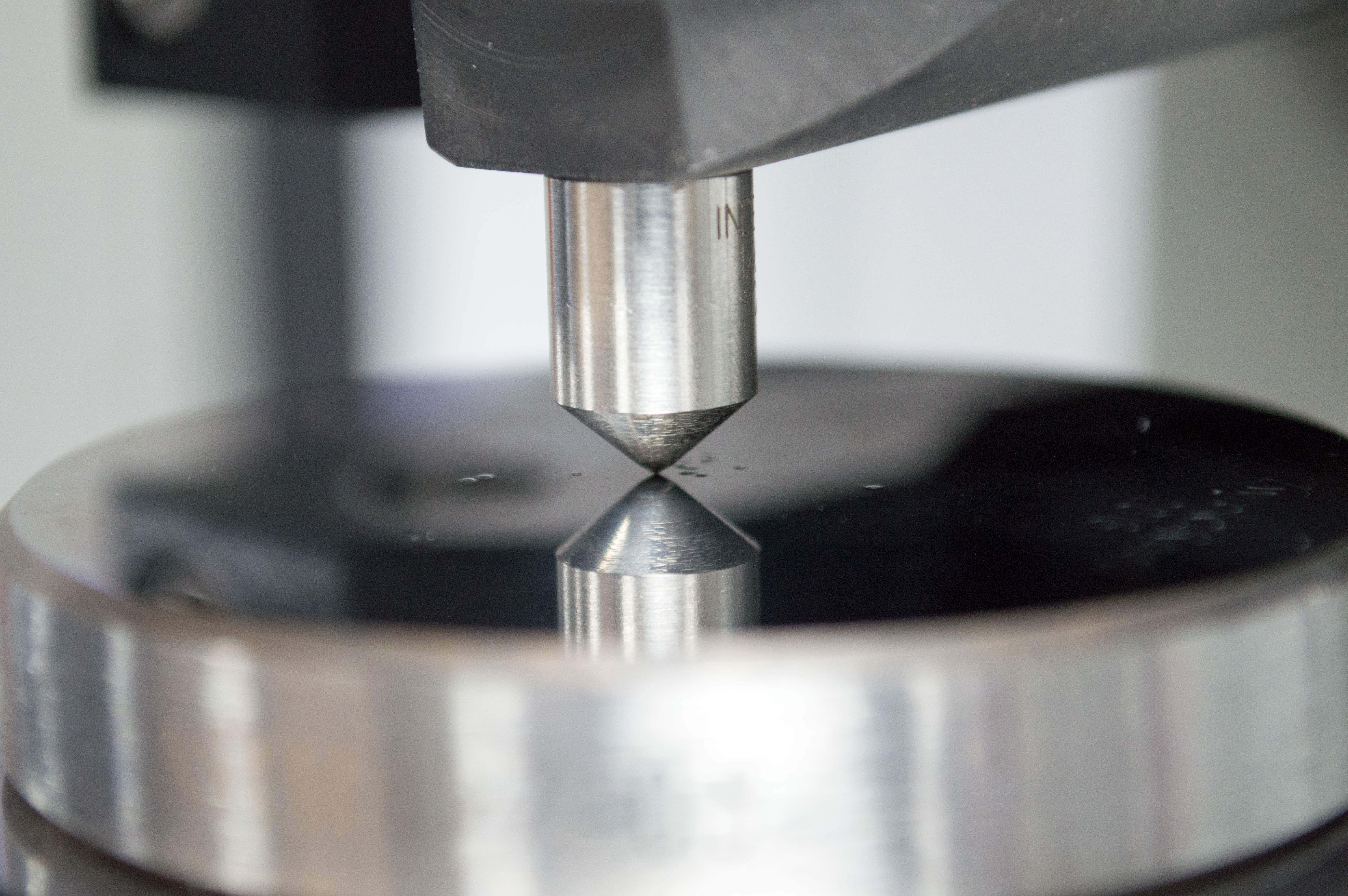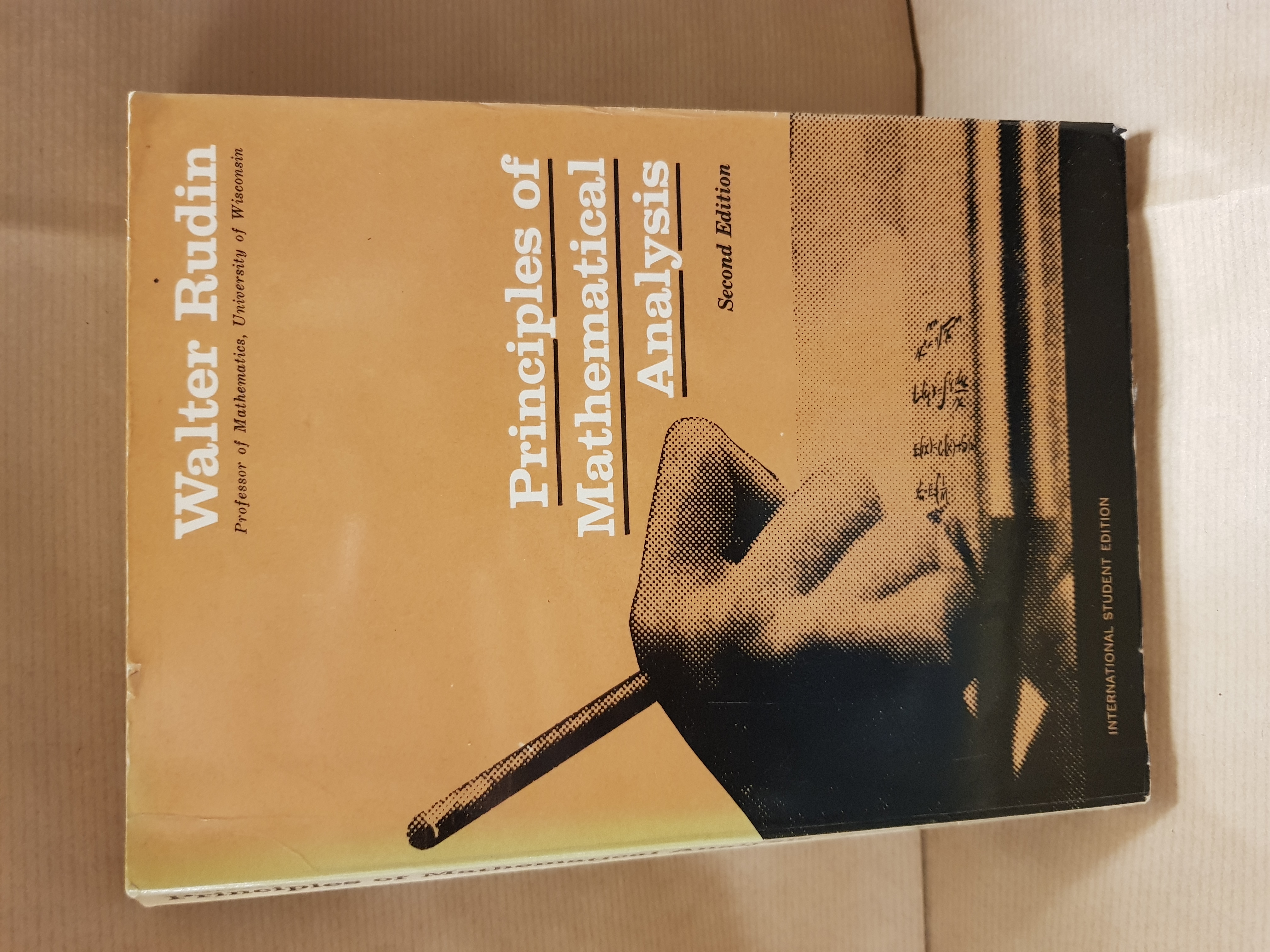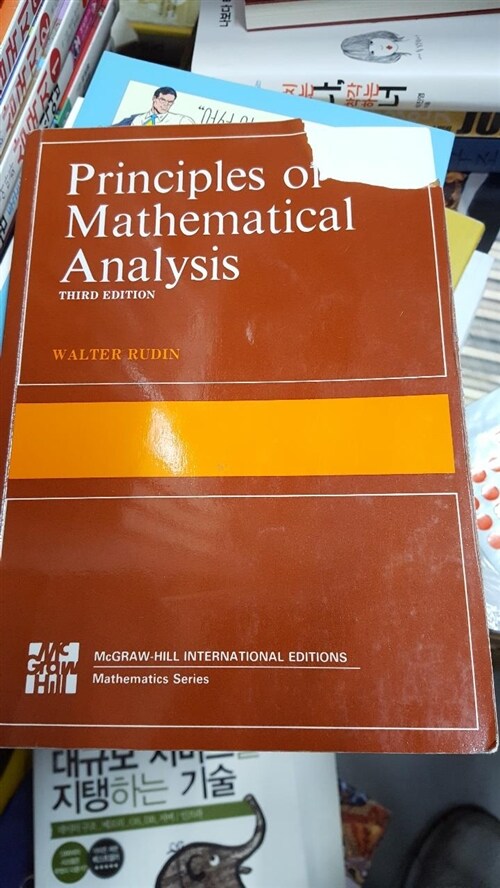The paper pays attention to using in the preparation process of the future bachelors of mathematics an effective learning tool such as a computer. Its use is disclosed in the training materials of the course 'Mathematical Analysis', during the introduction of such concepts as the limit of a numerical sequence or function and their fixing. Information and communication technologies in teaching represent an effective means of increasing the productivity of the learning process, which allows finding new ways of solving urgent pedagogical problems and ensuring optimal management of the educational process. Information and communication technologies are indispensable tools by which teachers can qualitatively change the methods of teaching and organize the forms of the educational process in a new way, raise the level of the studied material, develop the individual traits of the trainees more qualitatively, and organize independent work.
Today we are witnessing how computerization penetrates into all aspects of our lives. There are practically no spheres of activity, wherever computers are not used: financial operations, engineering, communications and printing, modeling and construction of new facilities and more. It is difficult to imagine our life without these operating and multifunction tools. Therefore, it is important to teach various computer skills at all levels of the education system.
Collection of Problems on a Course of Mathematical Analysis Sneddon and G.N. Brown and I download Z-Library. Download books for free. Analysis is the branch of mathematics dealing with limitsand related theories, such as differentiation, integration, measure, infinite series, and analytic functions. These theories are usually studied in the context of real and complex numbers and functions. Analysis evolved from calculus, which.
The paper pays attention to using in the preparation process of the future bachelors of mathematics an effective learning tool such as a computer. Principles of Mathematical Analysis (based on Rudin's book of that name, Chapters 1, 2, 4, 5, 3, 7). (Prerequisites: some familiarity with theoretical mathem.
Using computer technology in education is a powerful new stimulus for the further development of the teaching science. There is a need for research to find new and effective techniques, methods of using computer technology that expand the possibilities of the educational process.
In recent years, pedagogical and methodological developments demonstrate the comprehensive implementation of information and communication tools in education and science. Today, many leading pedagogues turn increasingly to the use of these tools in the modern educational process, among them:
M.P. Lapchik, V.A. Dalinger, K.A. Zuev, N.V. Sholokhov, P.I. Sovertkov, I.V. Robert, S.I. Shapiro, Gershunskiy and others. Most of them take the consideration of various approaches to the use of computer technology as a learning

The computer can act as a subject of study, as a learning tool, and as a tool for scientific research. In this connection, it solves the following problems: execution of complex computing operations, analysis of the experimental results, the construction and interpretation of mathematical models, and so on.
Applications of the computer in the learning activities are mainly limited to its use as a ―big calculator‖, ―information textbook‖ tool for controlling students’ knowledge and less – as a performer of other functions. Moreover, its advantages and opportunities for learning are generally not fully disclosed. When using the computer [1], students master the learning material at their own speed, their knowledge are objectively evaluated, simultaneous feedback is carried out, they get a wide range of information to be provided in a variety of images. On the other hand, using the computer, teacher can take into account the individuality of students, pay more attention to them, get rid of routine work when searching for information, include various exercises, while spending a minimum of time for creating tasks, and as a result, spend more time for improving his intellectual level and professional skill.
No doubt, such use of computer solves many educational and psychological problems during the learning. However, the possibilities of this technical tool are much broader. In addition, information technologies have a significant impact not only on the learning process, but also on the development and education of students. They stimulate and create motivation, provide the dynamism of the learning process, stimulate learning and cognitive activity. Information technologies alone cannot always ensure efficiency of learning, but they can be a means of improving the current educational process [2].

The primary role in realization of these possibilities falls on the shoulders of teachers of higher educational institutions. In this connection, it is necessary to pay the due attention in pedagogical higher educational institutes not only to teachers of computer skills, but also to teachers of other disciplines (of humanitarian and natural–mathematical cycles) in their training the basics of modeling with the use of the application software. Teachers must be not only subject teachers, but also teachers having basics of didactics and new technologies of education.
M.P. Lapchik [3] noted that the computer science is not so much the content as the methodology. For this reason, all the teachers – as in general all the experts – must become teachers of computer skills; and computer literacy of young people must be formed in a constant communication with the computers in the classroom in all subjects, and during all the years of schooling. However, there is a need for advanced study of computer science as a specialty.
One can use such effective technical tool as the computer in all stages of study. Its use should not be limited to the laboratory studies; one can use it during lectures, practical lessons, tests, and coursework and diploma projects.

When the perception of the new academic content, computer can simulate the abstract objects, processes, phenomena, process the information quickly and accurately, etc.
In the process of understanding and generalization, computer can make a demonstrational analysis of the relationships, dependencies, etc.; it can monitor students’ independent work, formulate conclusions, hypotheses and prognoses.
When fixing the educational material, computer serves as a generator of problem situations; manages students’ independent work; analyzes the level of assimilation.
In the application of knowledge, computer can serve as a simulator for formation of skills and abilities; provide differentiated support and control for the learners [4].
Turning on the computer in the learning process should not be chaotic and aimless. Each lesson must be thought-out; the involvement of information and communication tools must be justified by the objectives, demands of the subject, time expenditures. The development of skills in working with technical equipment must be carried out regularly throughout the course of study in high school.
The computer as a learning tool has another important advantage – its ability to represent various types of dependencies, numerical relations, and so on, in a visual form. At the lesson, the realization of obviousness principle takes place in a qualitatively different level. In addition, of particular interest is modeling of the phenomena that are inaccessible to direct observation, as well as phenomena whose description has not developed adequate mathematical apparatus, and which cannot be demonstrated within the classroom without the help of a computer.
Visualization has been not received the due attention in traditional higher education. It has been found that a person gets 90% of information about the surrounding reality through the visual analyzer, 9% – with the help of hearing, and 1% – with the help of touch. All this proves once again that the active use of the visual analyzer provides new, great possibilities to improve the quality and effectiveness of education [4]. This problem can also be solved with the help of computer tools involved in the learning process.
We give a statement: ―Who has not seen that out of 50 students at least 40 were disgusted and lost heart because of the abstract ideas, that are presented before they were becoming clear in the examples taken from everyday practice‖ [5]. The computer enters easily and naturally into the world of mathematical abstraction at the expense of their submission to the visual images, firmly imprinted in the minds of learners. Dynamic playback allows students to recall the difficult material studied earlier, it activates the formation of temporary connections (associations) in the cerebral cortex. When students see as mathematical formulations ―come alive‖ in the display, their motivation to the study increases, interest to mathematics grows, their ken expands.
Fast computers open new opportunities in teaching the foundations of mathematics (not only in pedagogical higher educational institutes). They help to disclose better the possibilities of mathematical methods and train specialists, who are able to use mathematical methods wider, fuller and faster. ―The most important problem in preparing the teacher of mathematics in pedagogical higher educational institute is the mastery by students of computer technology – writes [6] – and the ability to apply them in the study and teaching disciplines of the mathematical cycle‖.
Consider how one can use computer technology in relation to practical training in mathematical analysis in higher education.
Mathematical analysis in general takes one of the leading places in the mathematical training of teachers. The ideas and methods of analysis permeate explicitly or implicitly the whole course of algebra for grades 7-11. The course of the mathematical analysis in higher education is designed to equip students with mathematical methods of judgment, to raise their overall level of mathematical culture. It should be noted that the fundamentals of the analysis cause in general for students special difficulties in the perception of new concepts and, consequently, difficulties in the application of them to do exercises. Considering the high abstraction of educational material on mathematical analysis, it is necessary to increase the use of the visibility in its study, moreover not only in learning process of the theoretical materials, but also in the system of practice.
Let’s consider the theory of limits which is one of the main sections in mathematical analysis. Getting to know with it begins in elementary mathematics; where the passage to the limit is used to determine the length of circumference in a circle, volumes of bodies of rotation, and the sum of infinitely decreasing geometric progression, and so on. Operation of the passage to the limit is one of the basic operations of mathematical analysis.
The definition of the limit of a sequence or function can be carried out in stages. In addition, one can clear demonstrate these stages. It is expedient to use the theory of stage formation of mental actions.
To demonstrate the effects, in the implementation of which the object reaches its ―limit‖ position, let’s use the following dynamic images: swinging pendulum, movement of the ball when you hit it and the load suspended on a spring at the damped oscillations.
Geometrically, a sequence is represented on a number line as a series of points whose coordinates are equal to the corresponding elements of the sequence. For example, both the sequences 1/ n and
As we pointed earlier, one can use potential of computer not only at acquaintance with a new material but also in fixing the studied one. For example, it is useful in the ―theory of limits‖ to accompany the concept of the limit by graphic illustrations, in considering of which students should ―see’ whether there is a number that has the property f x A with any degree of the accuracy.
Many students at the end of this section remain unformed correspondence between the analytical limit

of a given function and its geometric image. In the educational literature and in practical classes, as a rule, problems are rarely considered in which there is a plotting of functions and definition of the limits by these images of those functions that are infinitely small, etc. In order to overcome this gap, it is expedient to use the following problems: from the depicted graphs of functions to determine which of them are infinitely small at x , at x , and at x , and which are not those (see the figure below), using the proposed images of graphs of functions, to determine those which meet the following limit relations.
We tried to consider only one section studied in the course of mathematical analysis and to show on its example the possibility of presenting the theory with the use of information and communication tools as a means of visual and dynamic presentation.
This is a natural introduction of means in the learning process in higher educational institutes that allows students not only to learn the concepts being studied, and to fix them, to see over abstract visual images, but also equips the classroom experience in the use of your computer. The computerization of the educational process is essential for the improvement of education at all levels, provides great opportunities for deep study of the fundamentals of science, as well as intensification of the whole educational process.
Principles Of Mathematical Analysis 2nd Edition
References:
Principles Of Mathematical Analysis Rudin Pdf
- Gershunsky B.S. Computerization of education: problems and prospects. – M.: Nauka, 1987. – 264
- Novoselov A.A. Formation of professional qualities of students of industrial college on integrative lessons of mathematics and informatics: diss. cand. ped. sciences. – Novosibirsk: Publish. House NSPU, 2000. – 22 p.
- Computerization of the system of training teachers: Guidelines/Comp. MP Lapchik. – Omsk, 1988. – 30
- Pavlov D. Tutorials on the use of computers in education. – Chelyabinsk Univ. Chelyab. region. Inst. improved. teachers. – 1990. – 140
- Gnedenko B.V., Sirazhdinov S.H. Universities and scientific and technical progress // Coll. scientific and methodological articles on mathematics. – Moscow, 1987. – Vol. 14. – 3-11.
- Dalinger V.A. Computer technology in teaching geometrical methodological recommendations. – Omsk Univer, OSPU, 2001. – 33
- Bavrin I.I. Higher Mathematics. – M.: Publishing center “Academy”, 2002. – 616